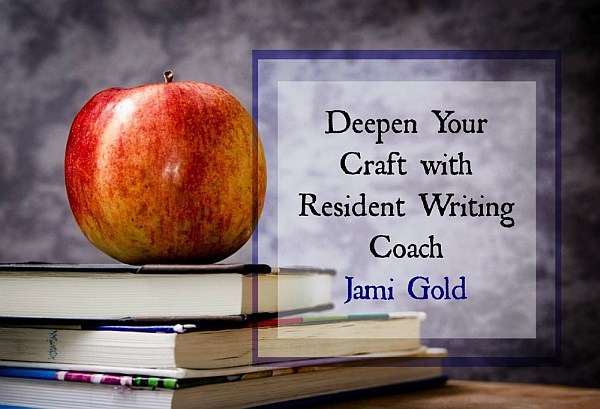Can TV Shows Help Us Hook Our Readers?

It’s time for another one of my guest posts over at Angela Ackerman and Becca Puglisi’s Writers Helping Writers site. As one of their Resident Writing Coaches, I’ve previously shared:
- insights on how to approach an overwhelming revision
- how to increase the stakes (the consequences for failure) in our story
- 7 ways to indicate time passage in our stories (and 2 issues to watch out for)
- how to translate story beats to any genre
- how and why we should avoid episodic writing
- how to find and fix unintended themes
- how “plot” holes can sneak into our characters and worldbuilding
With this turn for another coaching article at WHW, I’m exploring the hooks that we include at the end of scenes and chapters. I’ve talked before about how to create scene endings that pull readers along, but today I want to expand our thoughts of hook techniques.
Specifically, I want to look at the types of hooks TV writers use before each commercial break—can we get ideas for our stories?
Keeping Our Audience “On the Hook”
Every type of media uses different techniques to keep their audience interested in their message. However, techniques used by creators in one media might help creators in other media hold onto their audience as well, especially those that face similar issues of when and how our audience might drift away.
As writers of novels, novellas, and short stories, we use knowledge of visual arts to draw potential readers’ gaze and learn what message they might take from our covers. We use the language of movie trailers and posters to help with our back-cover blurbs and book taglines.
For the content of our stories themselves, many of us tend to look to movies for insights—and we might even imagine our book turned into a movie. But in some ways, the writing for TV might have even more commonalities.
Good Writing Is Good Writing
With novels, novellas, and short stories, we risk losing our readers at the end of every scene and chapter. At that natural break in our stories, readers might put down our book and not feel compelled to pick it up again.
Can lessons from TV writing help us write better hooks for our chapters and scenes? Click To TweetTV writers face a similar risk. Unlike movies, where most audience members won’t walk out mid-show, the writing for TV shows has to deal with commercial breaks, and at each break, they risk viewers changing the channel.
In my post at WHW, we’re looking at the types of hooks used by TV writers before each commercial break. Some of them we’re familiar with, as they’re commonly used in our novel writing, but others might be more unfamiliar. Or we might not have consciously been aware of the technique before.
With awareness of the options, we can do more. Let’s see what we can learn from TV writing and ensure every scene and chapter in our story ends with a strong hook.
Writers Helping Writers: Resident Writing Coach Program
And…Action! Applying TV Lessons to Chapter Hooks
Come join me at WHW above, where I’m sharing:
- how TV show structure compares to novel story structure
- the different ways hooks help our storytelling
- 6 types of TV show hooks—2 common in our stories, 2 we’re often unaware of using, and 2 not commonly used
- when the different types of hooks might help or hurt our stories
- 4 styles we can use for our hooks to make them fit the story
Do you notice the hooks used before TV commercial breaks? Can you think of other TV hooks to add to the list in my guest post? Do the TV hooks work to prevent you from changing the channel? Do you pay attention to hooks in your writing? Or do you want to include more? (My WHW posts are limited in word count, but I’m happy to go deeper here if anyone wants more info. *smile*)
Pin It
Comments — What do you think?